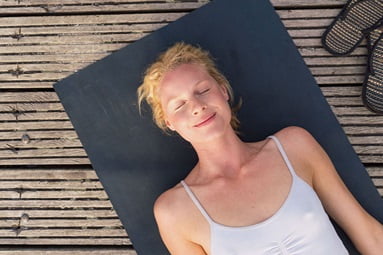
Summer, sun and sunstroke
Especially towards the end of summer, many people try and spend as much time in the fresh air soaking up the sunshine, staying outdoors all day, barbecuing with friends, swimming or maybe doing some sport. But take care: If your head's exposed to heat and sunlight for too long without protection, you can get sunstroke. Sunstroke occurs when the sun's UV rays damage the meninges or parts of the brain tissue. This causes the blood vessels in the scalp to dilate to carry blood to the affected area, which can lead to inflammation and swelling. This in turn can affect normal blood circulation and disrupt the body's thermoregulation, resulting in sunstroke.
When you get sunstroke the following symptoms can occur:
- Reddening of the skin
- Heavy sweating
- Severe, throbbing headache
- Nausea and vomiting
- Feelings of dizziness and disorientation
- Losing conciousness

Beware of heatstroke!
If someone shows signs of sunstroke, they should immediately move to a cool area, drink plenty of water and seek medical help if the symptoms are severe or worsen. If sunstroke goes unnoticed and untreated for too long, there's a risk that it will develop into heat stroke. In the event of heat stroke, the body can no longer regulate its temperature and it can rise to over 40 degrees, which is life-threatening.
16.08.2023







